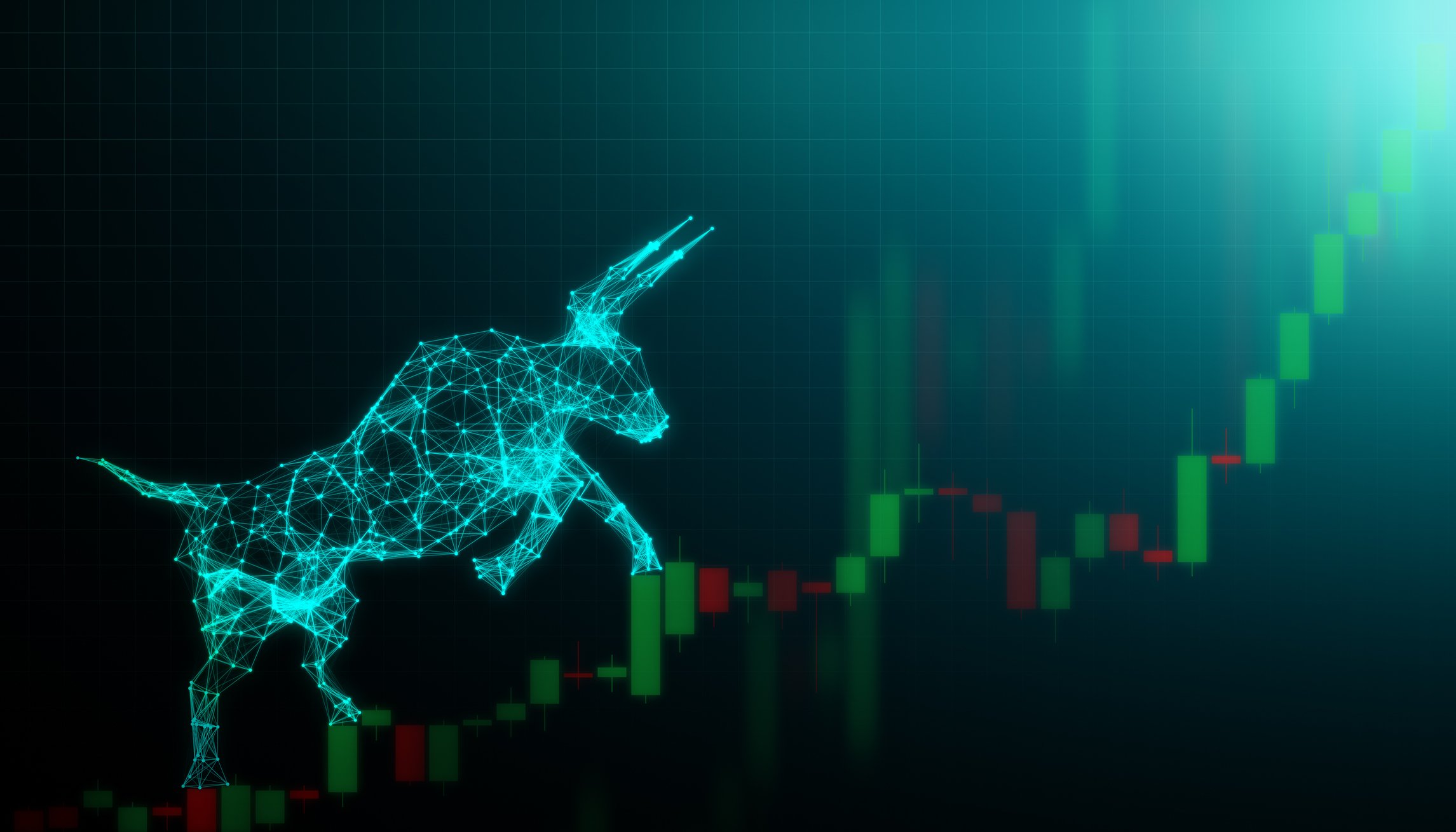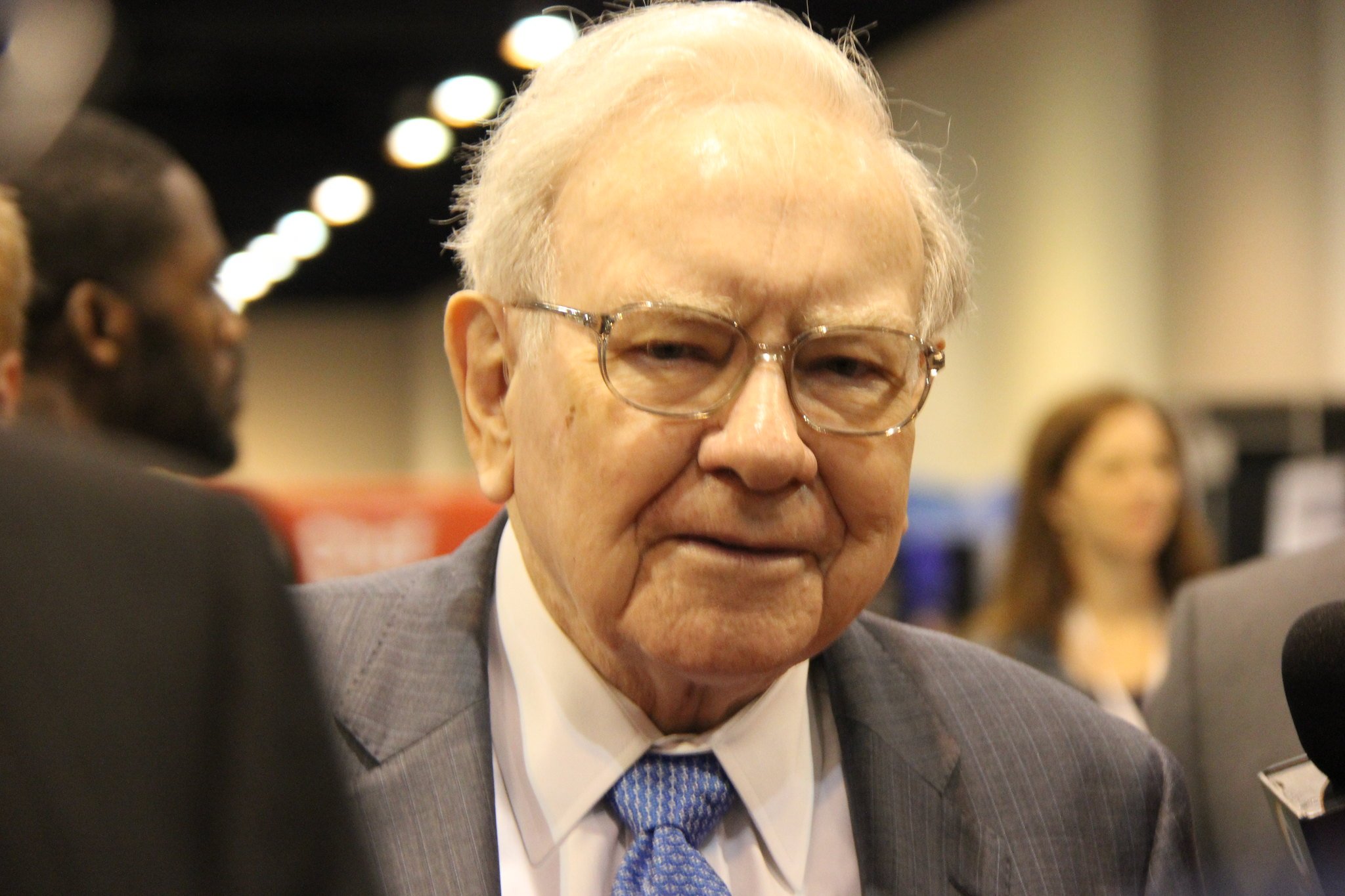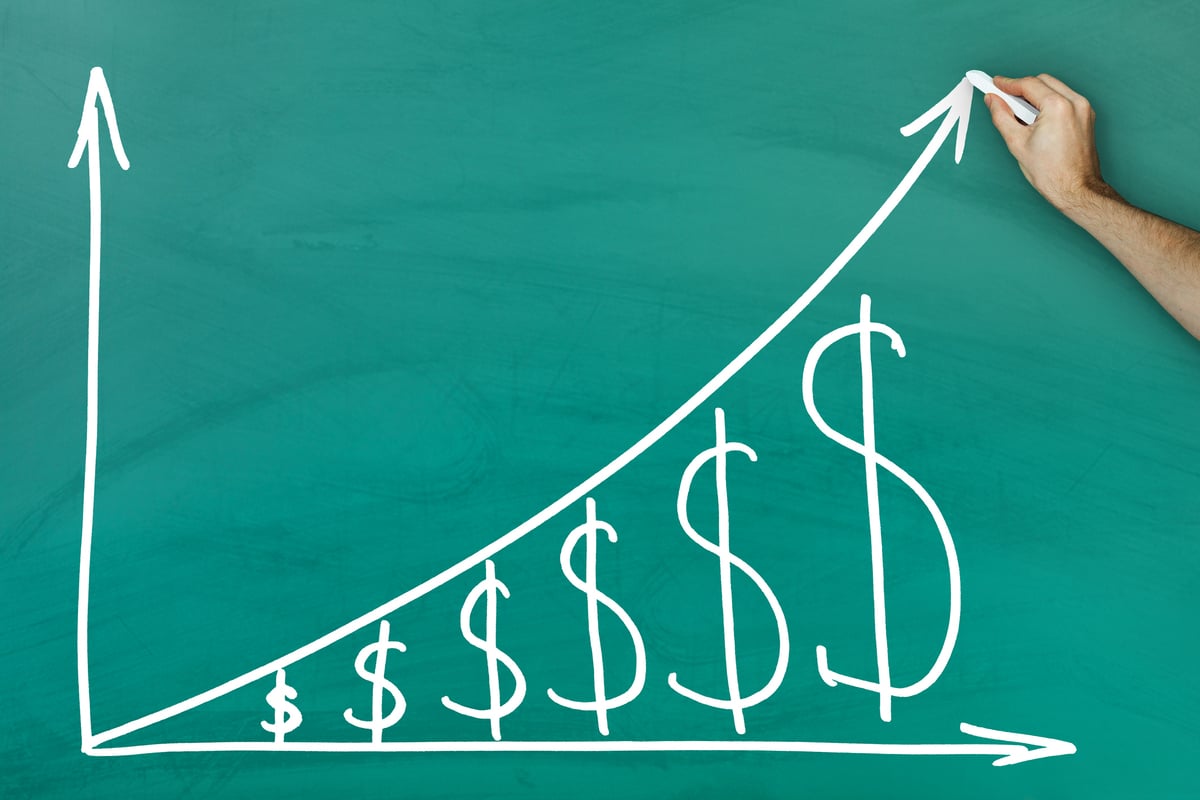
At the core of Warren Buffett's investing technique is a concept called intrinsic value. Intrinsic value is important for investors who want to evaluate stocks to see if they are worth buying. I also believe the key factors for building intrinsic value can be used to build personal wealth.
Buffett is so convinced of his own company's intrinsic value that he is willing to buy back shares of Berkshire Hathaway (NYSE: BRK-B) if they fall below 120% of their book value.
"Per-share intrinsic value exceeds that percentage of book value by a meaningful amount," Buffett wrote in his 2013 Annual Report. "We did not purchase shares during 2013, however, because the stock price did not descend to the 120% level. If it does, we will be aggressive."
Intrinsic value components
When Buffett examines intrinsic value, he looks at two very critical aspects of a business.
"The first component of value is our investments: stocks, bonds and cash equivalents. At yearend these totaled $158 billion at market value," Buffett wrote.
The second component of intrinsic value is earnings that come from sources other than investments and insurance underwriting. These earnings are delivered by Berkshire's 68 non-insurance companies, such as BNSF Railway and MidAmerican Energy.
"In Berkshire's early years, we focused on the investment side," Buffett wrote. "During the past two decades, however, we've increasingly emphasized the development of earnings from non-insurance businesses, a practice that will continue."
Intrinsic value is defined by Buffett as the discounted value of the cash that can be extracted from a business during its remaining life.
Benjamin Graham's formula
Buffett's mentor Benjamin Graham developed a formula for measuring intrinsic value. This formula was updated to include prevailing interest rates, but for our purpose, we will look at his original formula. In addition, let's apply the formula to two of the best cash-producing stocks in recent years: Hershey (HSY +2.60%) and Union Pacific (UNP +2.39%).
V = EPS X (8.5 + 2g)
V = Intrinsic Value
EPS = Trailing 12 Months Earnings Per Share
8.5 = P/E base for a no-growth company
g = reasonably expected seven to 10 year growth rate
Based on estimated growth rates of 10% for Hershey, and 7% for both Union Pacific and Berkshire, here are the valuations of those companies based on this formula.
From this method, we can see that Hershey is trading around its intrinsic value, while Union Pacific and Berkshire both offer plenty of upside.
The power of earnings
According to Buffett, earnings will ultimately drive stock prices. Over 40 years, Berkshire's compounded annual gain in pre-tax, non-insurance earnings per share was 21%. During the same period, Berkshire's stock price increased at a rate of 22.1% annually. Over time, you can expect the stock price to move in rough tandem with Berkshire's investments and earnings. Market price and intrinsic value often follow very different paths – sometimes for extended periods – but eventually they meet.
As seen by Graham's formula, this earnings growth is a key determinant of intrinsic value. Much like Hershey and Union Pacific, keep an eye out for those companies that are consistently generating higher and higher levels of earnings over time. As a result, you can then employ the Benjamin Graham formula to derive that intrinsic value and find the right time to jump in.








